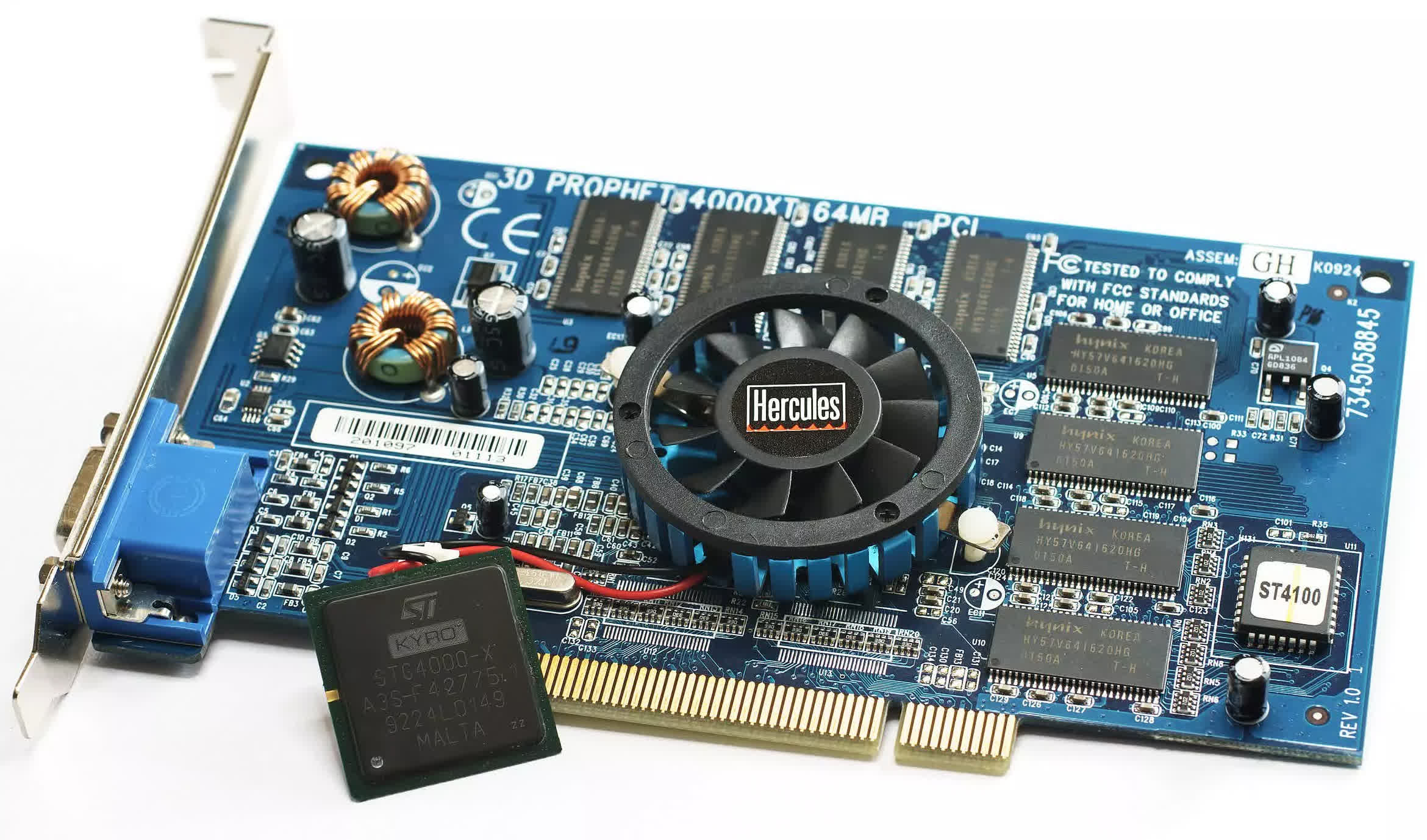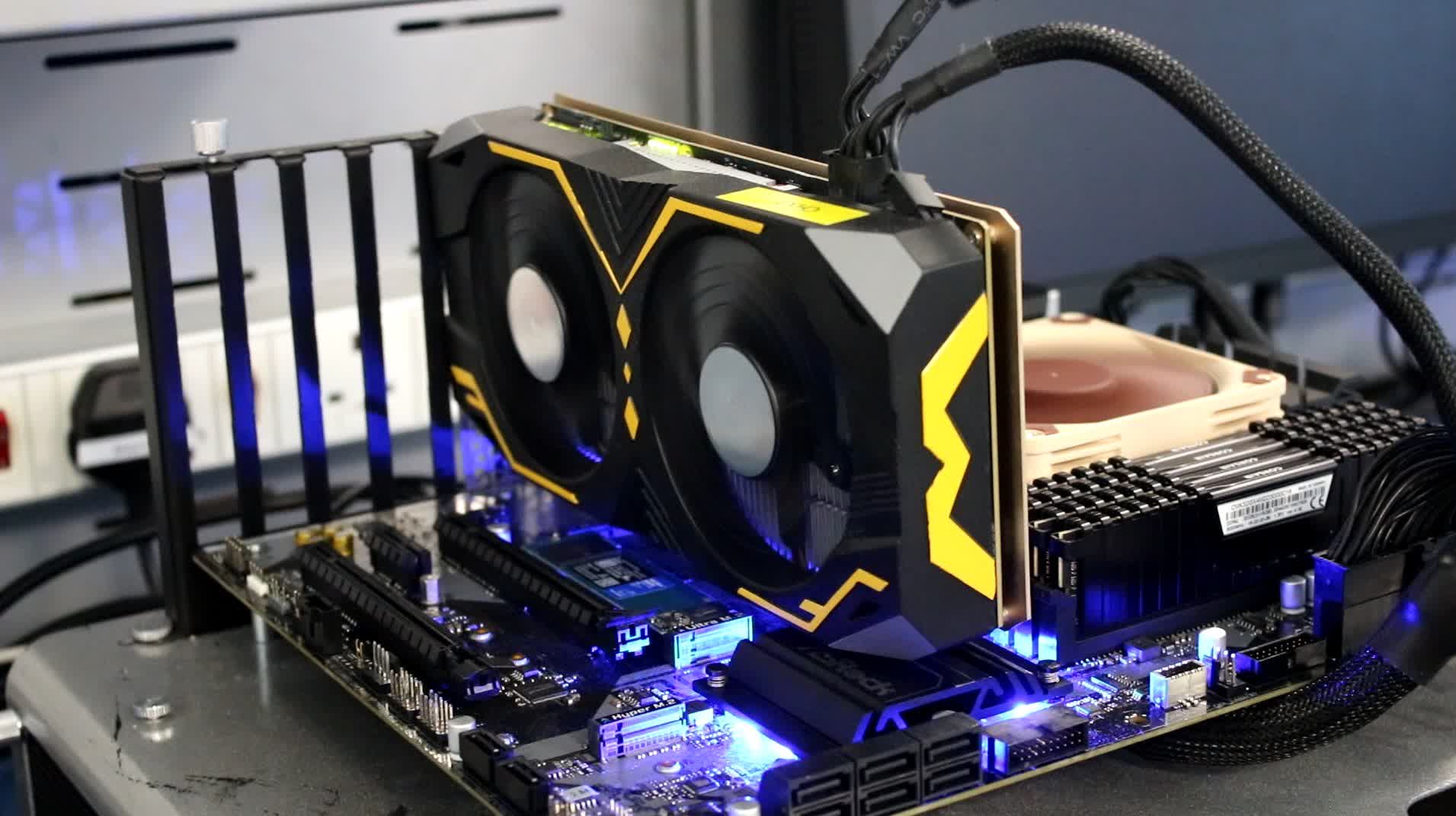In context: Over the past two decades, UK-based Imagination Technologies has been focusing on embedded mobile and automotive GPU hardware. Now it wants to take a second stab at high-performance desktop GPUs, just as Intel has done with Arc Alchemist. The two companies differ in their approach and resources but more competition in the GPU space is great news for consumers.
It's no secret that Intel's foray into the discrete GPU market with Arc Alchemist hasn't gone to plan. Between the underwhelming performance and the broken drivers, many industry watchers believe Team Blue should just eat up the cost of the venture and call it a failed experiment. However, Intel seems determined to march forward at great cost, as it sees graphics hardware as an essential technology for all of its customers --- from consumers looking to work and play on their PCs to large enterprises crunching numbers in the data center.
That said, there's another company looking to break into the arena. This week, Imagination Technologies signaled a return to the dedicated PC GPU market after decades of taking a more silent role in the overall semiconductor industry. Notably, the outfit licenses its technology to companies like Apple, which incorporate or use it as the basis for systems-on-chip and other custom designs.

Image credit: Wikimedia
The UK-based company recently celebrated the 30th anniversary of PowerVR, the graphics architecture that powered popular 90s desktop cards like the Apocalypse 3D and 3Dx. At the time, Imagination wasn't able to compete with companies like Nvidia and ATI Technologies, mostly due to performance and software support issues. Those are the same issues faced by Intel today, but the Santa Clara tech giant has deeper pockets and a more diversified business to help fund its GPU dreams.
Back in 2020, Imagination promised it would soon be back in the high-performance game after 20 years of focusing on mobile and automotive technologies. Since then, we haven't heard a lot about any developments in this direction, save for a licensing deal with a Chinese company called Innosilicon, which has been trying to build graphics hardware for the local consumer and enterprise markets.

Specifically, Innosilicon is using Imagination's BXT-32-1024 GPU as the basis for its Fantasy (Fenghua) line of desktop graphics cards. The Type-A card from this family integrates 16 gigabytes of GDDR6X memory over a 128-bit interface alongside one BXT-32-1024 unit with five teraflops of compute power. There's also a second, Type-B card that supposedly pairs two of Imagination's BXT GPUs for double the performance on a single PCB.
The real-world performance of these cards is still a big unknown, though we do know Innosilicon manufactures the Fenghua GPUs at SMIC using a 12nm process. Moreover, the total graphics power rating of 50 watts for the Type-A card seems rather diminutive for a card that is marketed as a "4K-ready" model.
Meanwhile, Nvidia and AMD are readying new graphics cards that are expected to offer significant performance improvements over current Ampere and Navi 2 offerings. With Arc Alchemist, Intel seems to be slotting into the entry-level and mainstream market segments.
It will be interesting to see if the 11th-gen PowerVR architecture can help Imagination capture some of the Chinese desktop GPU market or even break into the global market in the coming years. The company is already working on a 12th-gen "Photon" graphics processor technology that supports ray tracing and is expected to debut in mobile GPUs.